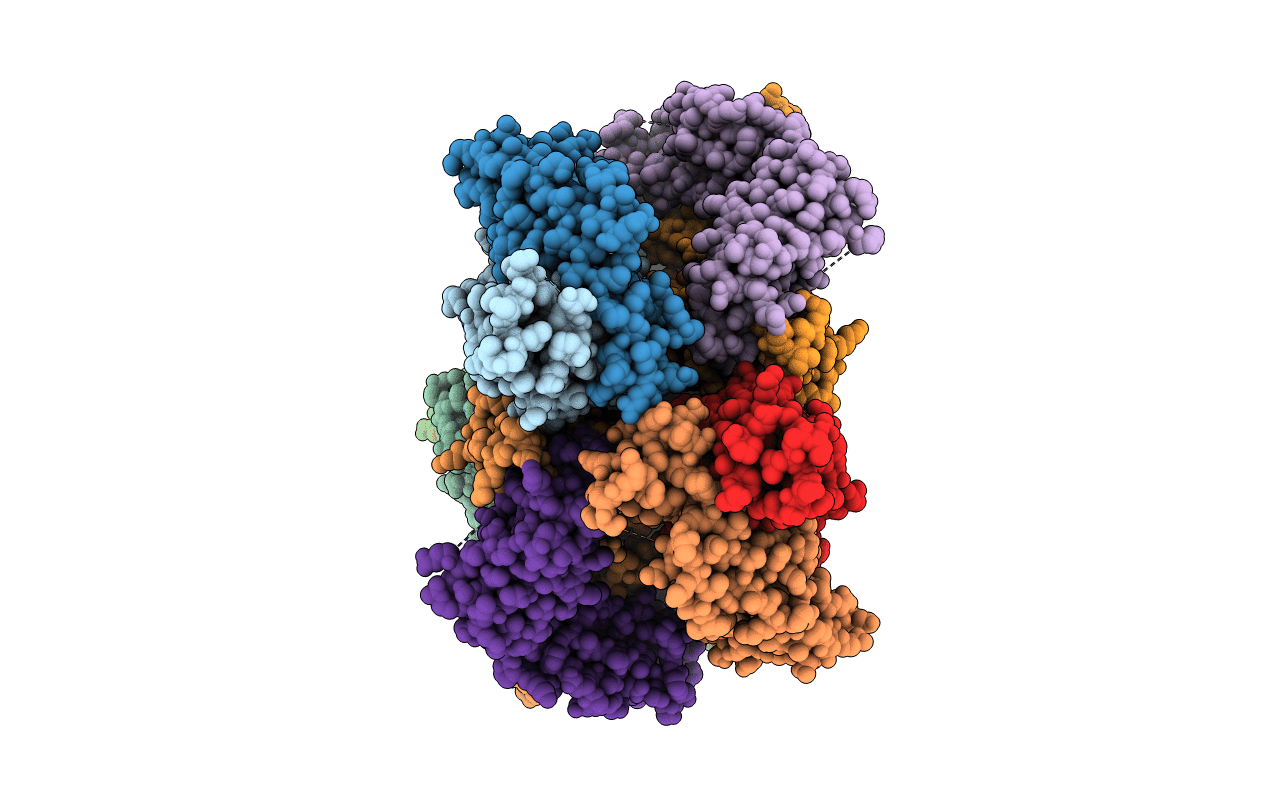
Deposition Date
2012-10-15
Release Date
2012-11-21
Last Version Date
2024-11-20
Method Details:
Experimental Method:
Resolution:
3.60 Å
R-Value Free:
0.30
R-Value Work:
0.25
R-Value Observed:
0.26
Space Group:
P 21 21 21


